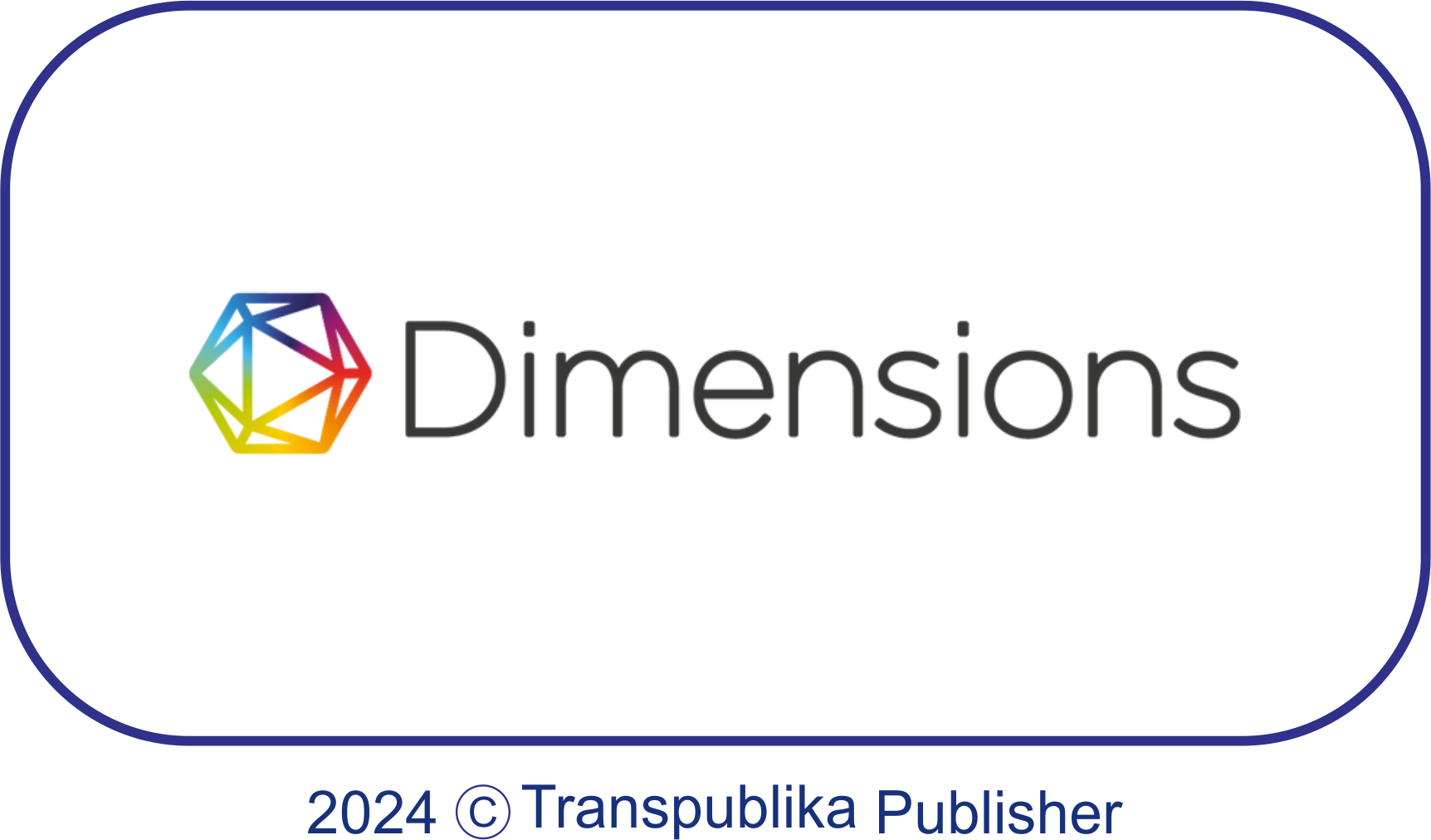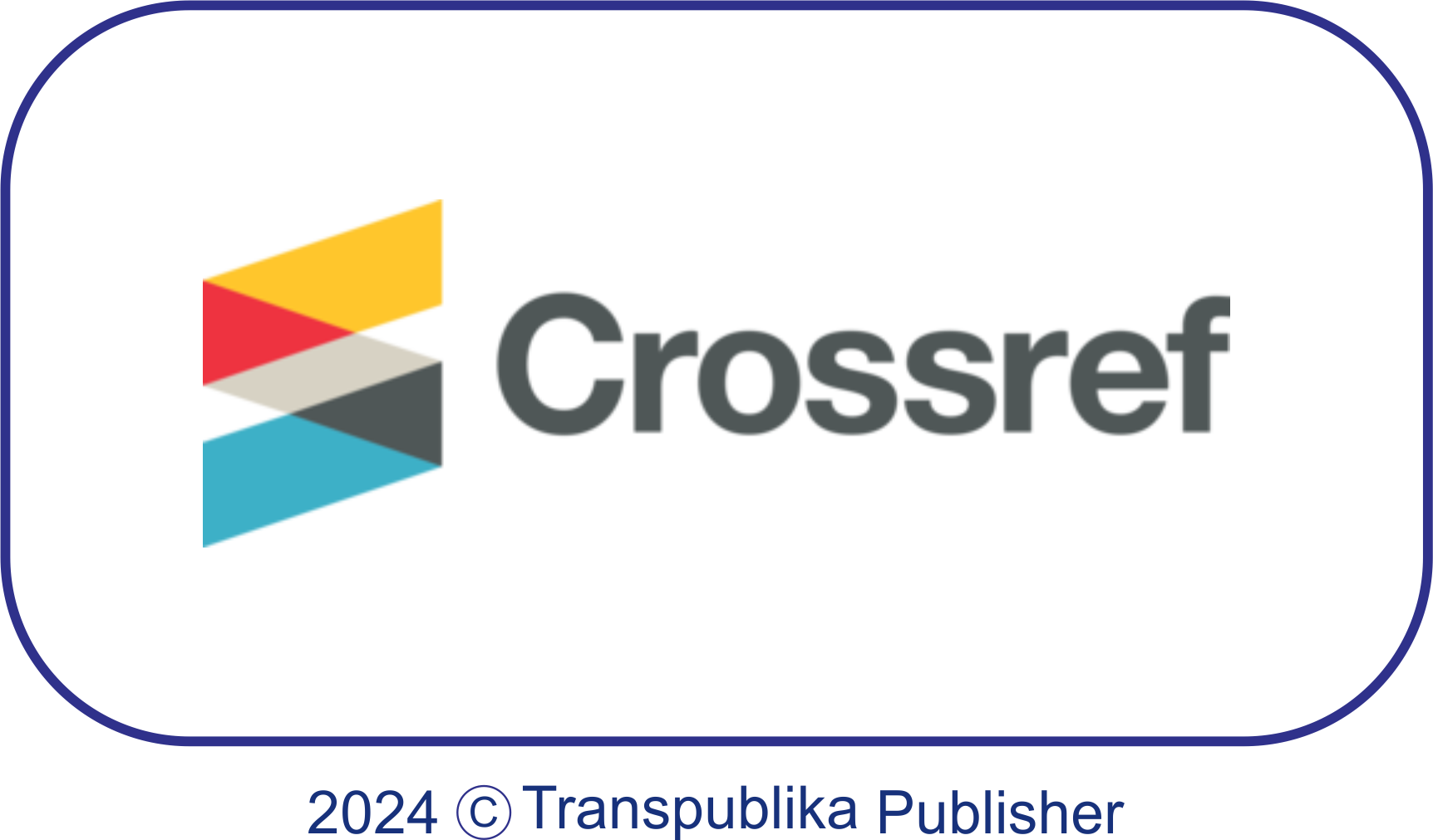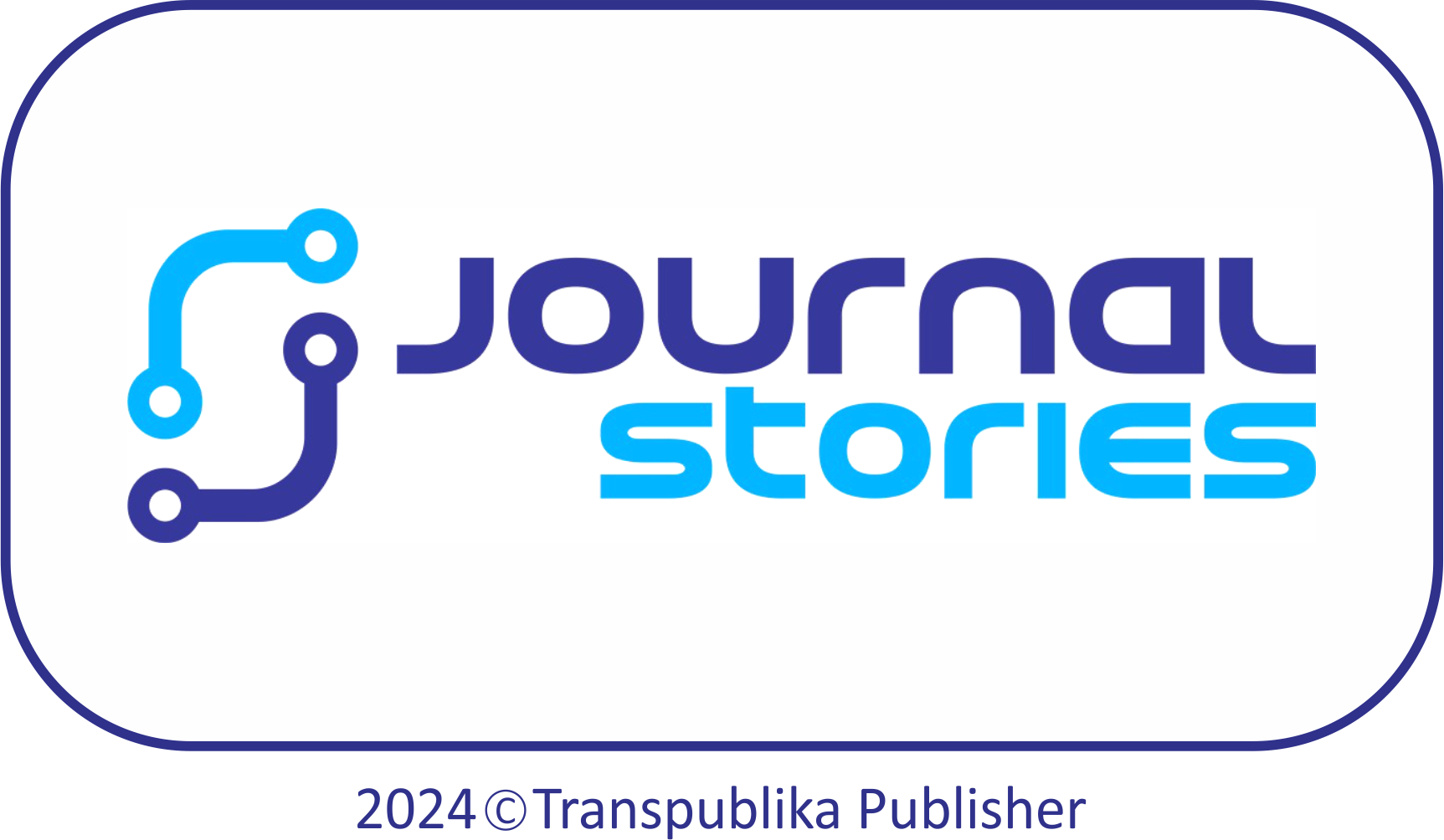DOES TRAINING WITH INCENTIVES WORK? IMPACT EVALUATION OF INDONESIA’S PRE-EMPLOYMENT CARD
Abstract
The government's pre-employment card scheme aims to enhance the capabilities of Indonesian workers, making them more competitive and efficient. Simultaneously, it serves as a safety net to alleviate the effects of the Covid-19 crisis. This study seeks to evaluate how the pre-employment card program influences the time taken to prepare for employment and improve skills. The focus is on whether this initiative can decrease the waiting period for job seekers and enhance the skills of the participants. The research utilises the Propensity Score Matching technique and data from the Survei Kerja Nasional in February 2021. The findings suggest that the pre-employment program has a notable positive impact on the skills development of those involved, by 0.08199%. While skill enhancement is evident, the scheme has not led to a reduction in the time it takes for individuals to secure employment. The effectiveness of the program could be enhanced through the implementation of additional policies, including the improvement of labour market information systems and the provision of active employment support services by the government.
References
Alzúa, M. L., Batbekh, S., Batchuluun, A., Dalkhjav, B., & Galdo, J. (2021). Demand-Driven Youth Training Programs: Experimental Evidence from Mongolia. World Bank Economic Review, 35(3), 720–744. https://doi.org/10.1093/wber/lhaa013
Bahk, S. A. (2021). Do Greater Unemployment Benefits Lead to Better Matches ? Evidence from Emergency Unemployment Compensation Programs (EQINEQ Working Paper 2021-59). http://www.ecineq.org/wp-content/uploads/papers_EcineqLSE/EcineqLSE-59.pdf
Beam, E., & Quimbo, S. (2021). The Impact of Short-Term Employment for Low-Income Youth: Experimental Evidence from the Philippines. SSRN Electronic Journal, 14661. https://doi.org/10.2139/ssrn.3913022
Blattman, C., & Ralston, L. (2015). Generating employment in poor and fragile states: Evidence from labor market and entrepreneurship programs. Available at SSRN 2622220. https://www.peiglobal.org/themes/custom/pei_b5/kc_files/Blattman, et.al. 2015.pdf
BPS. (2020). Tingkat Pengangguran Terbuka (TPT) sebesar 7,07 persen. https://www.bps.go.id/id/pressrelease/2020/11/05/1673/-revisi-per-18-02-2021--agustus-2020--tingkat-pengangguran-terbuka--tpt--sebesar-7-07-persen.html
Caliendo, M., & Kopeinig, S. (2008). Some Practical Guidance for the Implementation of Propensity Score Matching. Journal of Economic Surveys, 22(1), 31–72. https://doi.org/10.1201/b17084-30
Cerqua, A., Urwin, P., Thomson, D., & Bibby, D. (2020). Evaluation of education and training impacts for the unemployed: Challenges of new data. Labour Economics, 67(November 2017). https://doi.org/10.1016/j.labeco.2020.101907
Chakravarty, S., Lundberg, M., Nikolov, P., & Zenker, J. (2019). Vocational training programs and youth labor market outcomes: Evidence from Nepal. Journal of Development Economics, 136, 71–110. https://doi.org/10.1016/j.jdeveco.2018.09.002
Doerr, A., & Novella, R. (2024). The long-term effects of job training on labor market and skills outcomes in Chile. Labour Economics, 91(August), 102619. https://doi.org/10.1016/j.labeco.2024.102619
Fox, L., & Kaul, U. (2018). The Evidence Is In: How Should Youth Employment Programs In Low-Income Countries Be Designed? The Evidence Is In: How Should Youth Employment Programs In Low-Income Countries Be Designed? https://doi.org/10.1596/1813-9450-8500
Goller, D., Lechner, M., Pongratz, T., & Wolff, J. (2025). Active labor market policies for the long-term unemployed: New evidence from causal machine learning. Labour Economics, 94(April), 102729. https://doi.org/10.1016/j.labeco.2025.102729
Hijzen, A., & Salvatori, A. (2020). The design of unemployment benefits schedules over the unemployment spell: The case of Belgium. Working Paper OECD.
Ibarrarán, P., Ripani, L., & Ibarrarán, P. (2015). of a Youth Training Program Experimental Evidence on the Long-Term Impacts of a Youth Training Program. 9136.
Kluve, J., Puerto, S., Robalino, D., Romero, J. M., Rother, F., Stöterau, J., Weidenkaff, F., & Witte, M. (2019). Do youth employment programs improve labor market outcomes? A quantitative review. World Development, 114, 237–253. https://doi.org/10.1016/j.worlddev.2018.10.004
Lawrence F. Katz and Bruce D. Meyer. (1990). Unemployment Insurance , Recall Expectations , and Unemployment Outcomes of individual unemployment spell dura- search framework in wh. The Quarterly Journal of Economics, 105(4), 973–1002.
Lichter, A., & Schiprowski, A. (2021). Benefit duration, job search behavior and re-employment. Journal of Public Economics, 193, 104326. https://doi.org/10.1016/j.jpubeco.2020.104326
Marinescu, I., Skandalis, D., & Zhao, D. (2021). The impact of the Federal Pandemic Unemployment Compensation on job search and vacancy creation. Journal of Public Economics, 200, 104471. https://doi.org/10.1016/j.jpubeco.2021.104471
McIntosh, C., & Zeitlin, A. (2022). Using household grants to benchmark the cost effectiveness of a USAID workforce readiness program. Journal of Development Economics, 157. https://doi.org/10.1016/j.jdeveco.2022.102875
Novella, R., & Valencia, H. (2022). Active Labor Market Policies in a Context of High Informality: The Effect of PAE in Bolivia. Journal of Development Studies, 58(12), 2583–2603. https://doi.org/10.1080/00220388.2022.2120803
Pramana, I. W. B., & Yusa, I. G. (2024). Minimum Wage for Workers in Micro and Small Enterprises: Analysis of Government Regulation Number 36 of 2021. Policy, Law, Notary And Regulatory Issues, 3(3), 418–424. https://doi.org/10.55047/polri.v3i3.1379
Rotar, L. J., & Krsnik, S. (2020). Analysing the relationship between unemployment benefits and unemployment duration. Society and Economy, 42(3), 280–297. https://doi.org/10.1556/204.2020.00009
Shen, R. (2020). The Effect of Unemployment Benefits on Job Search Duration and Post-Unemployment Wage. Carnegie Mellon University. Thesis, Chetty 2008, 1–20.
Copyright (c) 2025 Fathimah Kurniawati

This work is licensed under a Creative Commons Attribution 4.0 International License.










.png)




.png)
.png)











.jpg)
.png)


